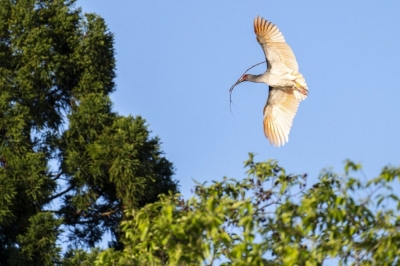WHAT WAS THE FIRST VIRAL MEME IN MODERN HISTORY?

Kilroy was the loved mascot of the American GIs and one of the first viral memes in modern history. For nearly a decade wherever the American troops went the simple doodle of a big-nosed, bald man, peering over a wall, accompanied by the inscription "Kilroy was here" followed.
In the latter half of the Second World War, Kilroy was everywhere. Chalked or drawn into every surface imaginable. He became the universal symbol of the American GI tracing the movement of the American armed forces from North Africa to Italy, from France to Germany, and across the vast Pacific ocean to the heart of the Japanese Empire.
Kilroy was so ubiquitous on the allied artillery shells and bombs that Adolf Hitler actually believed him to be an actual secret agent and ordered his security forces to track him down and eliminate him.
A symbol of Rebellion
World War II veterans described Kilroy as an integral symbol for maintaining troop morale. To them, this simple doodle was comfort and a little bit of rebellion, because the soldiers were strictly told to stop drawing the military graffito nonetheless, the cartoon spread all across the world.
Soldiers recalled that no matter how bad it got crawling out of the foxhole every day when they found a Kilroy sketch they would know someone had been there before and survived.
Kilroy survived the war
Kilroy survived well past the end of the war continuously popping up in the most unexpected places. Throughout the 1940s and the 1950s, it was an indispensable part of American culture. It was even incorporated in a classic 1948 loony toons film titled Haredevil Hare, where bugs bunny who believes himself to be the first creature to land on the moon is utterly shocked when he stumbles across a boulder with the iconic doodle and the words 'Kilroy was here.
Where did Kilroy come from?
The true origin story behind the meme has been a topic of discussion ever since Kilroy became a cultural symbol. However, there is no singular story behind the icon or its creator.
One of the most widely accepted accounts on the subject leads us to the narrative of James J. Kilroy, a shipyard inspector who tracked his inspected work by marking it with the words 'Kilroy was here. According to the legend, as the parts travelled the world, Gls paired it with a funny cartoon and the military graffito was born.
Picture Credit : Google
